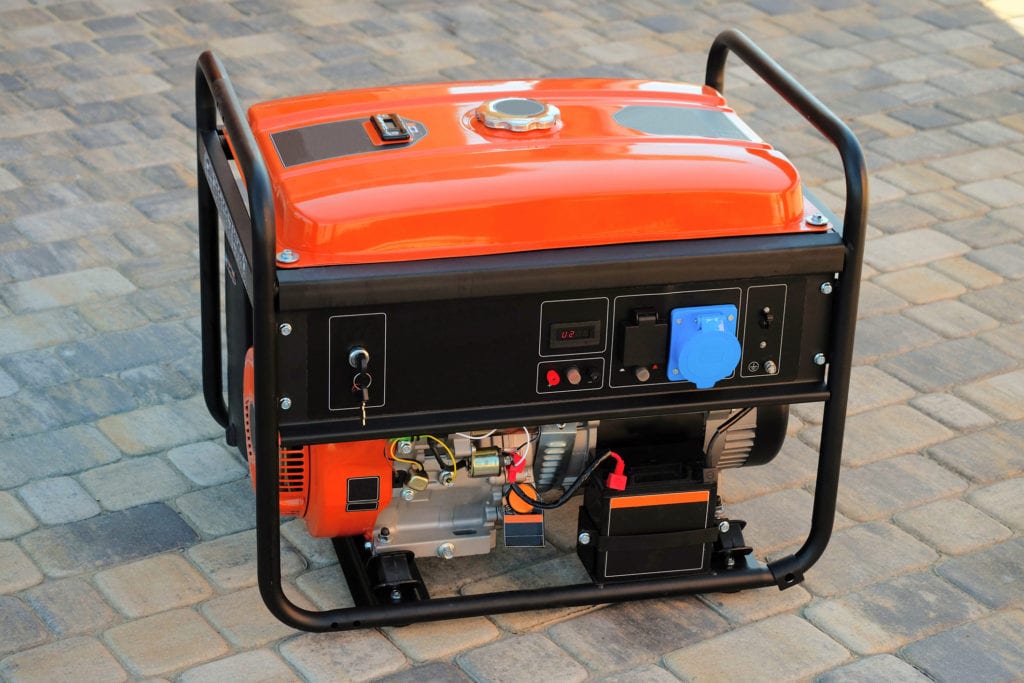Properly installed and operated, generators help keep the lights on and appliances running when power is out. Used improperly, generators can be a danger to you, your neighbors, and PUD line crews.
There are two kinds of generators, portable and permanent. Portable generators are intended to provide power to an extension cord which is then plugged directly into an appliance or piece of equipment. Permanent generators are wired directly into the electrical system of your home.
Portable generators
Portable generators can’t power your entire home, as most typically generate about 1,500 to 8,000 watts. Plugging the generator into an electrical outlet inside (or outside) your home, or running it through the electrical panel without a professionally installed cut-off switch is extremely dangerous and will put you and our utility crews in life-threatening danger. Instead, you should plug an extension cord directly into an appliance. Use a heavy-duty extension cord rated for the size of your generator.
It is very important to take care when choosing a place for the generator. You don’t want deadly carbon monoxide to creep in. The exhaust from a generator, like from any combustion engine, is dangerous. A small generator puts out a hundred times more carbon monoxide than car exhaust.
If you operate a portable generator make sure to install carbon monoxide detectors in main living and sleeping areas in your home. Locate portable generators at least 20 feet away from your home and never near a door, window or vent. Find a dry location and if need be, you can use a portable canopy to shield it from the rain, but do not place in open garages or under porch roofs adjacent to the home.
Standby Generator
Permanent generators are wired directly into your home’s electrical system. They are also referred to as stand-by generators.
Installing these types of generators require the help of a licensed electrician. The installation must be in compliance with the National Electric Code along with local, county and state requirements.
A permanent generator must include a transfer switch. The transfer switch allows power to be fed from only one source at a time, which prevents the generator from feeding back into utility lines and surprising a utility worker.

Safety tips for all generators
- Always follow the guidelines in your operator’s manual
- Know how to shut off the generator in case of an emergency
- Never modify the generator in any way
- Never run a generator inside
- Keep the generator at least 20 ft. from the home
- Never refuel a generator while it is running or hot
- Periodically run the generator to ensure it will start and run properly